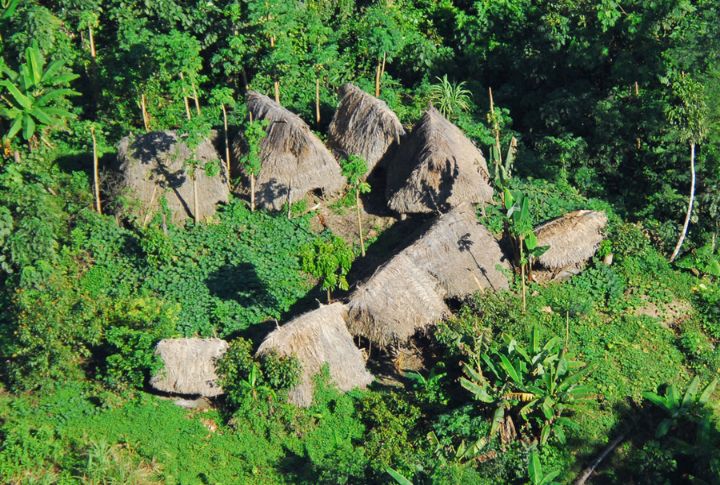
For centuries, the Amazon was seen as an untouched wilderness—too wild and too dense for societies to thrive. But beneath its tangled canopy, a different story is emerging. With advanced technology and Indigenous collaboration, archaeologists have found patterns and structures that indicate habitation. What lies beneath challenges everything we thought we knew about the rainforest. Here are 10 findings that hint at a forgotten world deep in the Amazon Basin.
A Lost Megacity
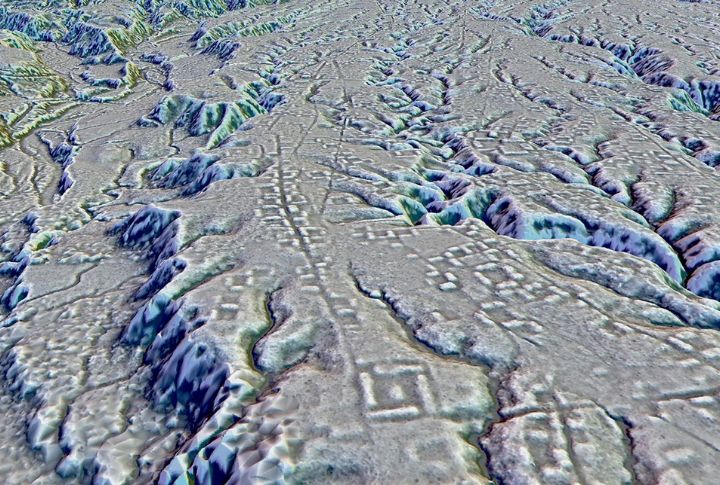
In Ecuador’s Upano Valley, lidar scans pierced the jungle canopy to reveal Killamope, a sprawling ancient city that rivals Egypt’s Giza Plateau in scale. It was built between 500 BCE and 600 CE. Researchers uncovered 5,415 earthen platforms and 300 kilometers of interlinking roads. The sheer magnitude of construction demonstrates centralized governance and long-term planning—hallmarks of a sophisticated civilization hidden in plain sight.
Ceramic Funerary Urns
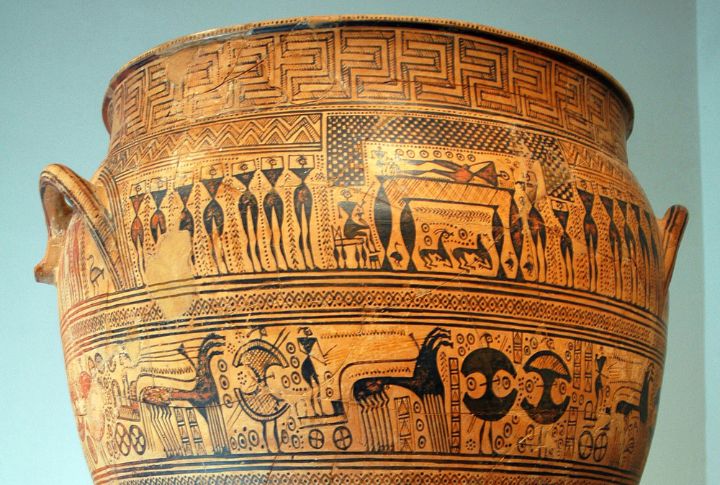
The discovery of ceramic funerary urns containing human bones adds powerful depth to the story of this ancient civilization. These finely made vessels point to respect for ancestors and possible beliefs in an afterlife. The designs carved into them, along with their placement in ceremonial sites, suggest a society with strong traditions.
Geoglyphs Of Acre
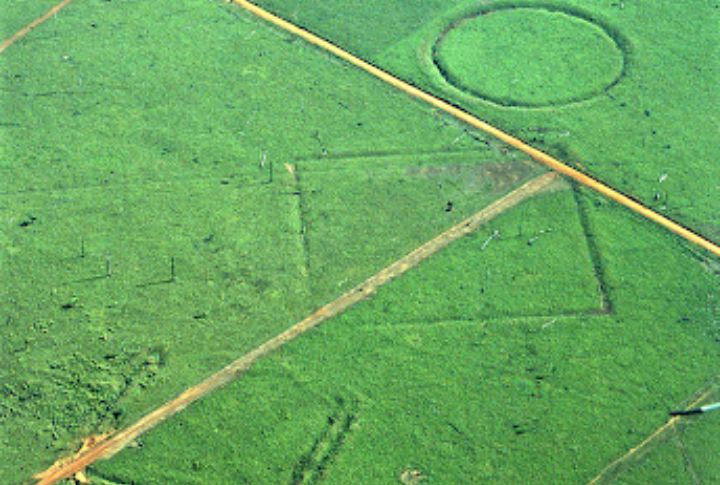
In Brazil’s Acre state, strange geometric patterns rise from the ground as low walls and ditches, which form ancient geoglyphs clustered across the region. Believed to be sacred spaces for Indigenous ceremonies, it hints at a vast cultural network. Max Planck Society suggests up to 24,000 pre-Columbian earthworks may still lie hidden beneath the Amazon canopy.
Sun-Shaped Mound Villages In Acre
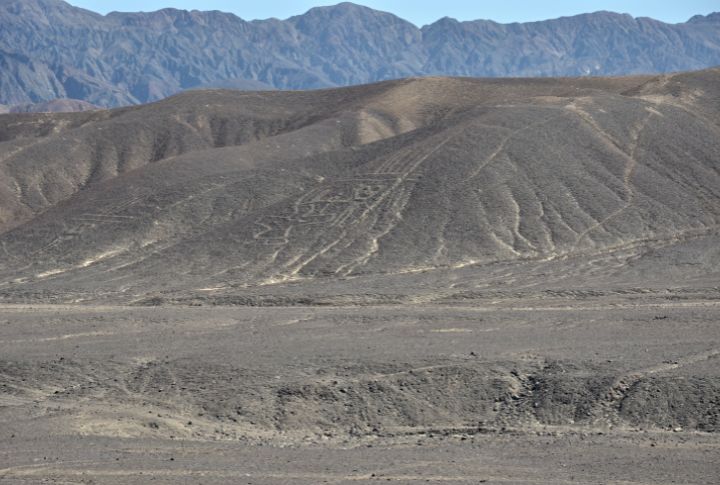
Airborne lidar over Acre also uncovered circular villages centered on a raised communal mound, with straight radial roads fanning outward like sunbeams. Each ring contained evenly spaced habitations and work areas. The geometric layout implies rigorous planning and centralized coordination. These interconnected settlements formed small urban hubs that revealed advanced social organization hidden within the rainforest.
Ancient Agricultural Systems

Raised fields, fish weirs, and canal networks reveal sophisticated farming techniques used by pre-Columbian societies. These systems allowed for year-round cultivation and water management in flood-prone areas. Their scale and efficiency challenge the myth of the Amazon as an untouched wilderness, showing it was once a thriving agricultural region.
Terra Preta

In the heart of the rainforest, scientists found patches of unusually dark, rich soil called Terra Preta. Unlike the poor natural soil around it, this earth was full of charcoal and crushed pottery. The soil islands weren’t accidents; they were carefully engineered to grow. This means that the rainforest was once a place of smart, sustainable farming.
Megalithic Ring-Enclosures
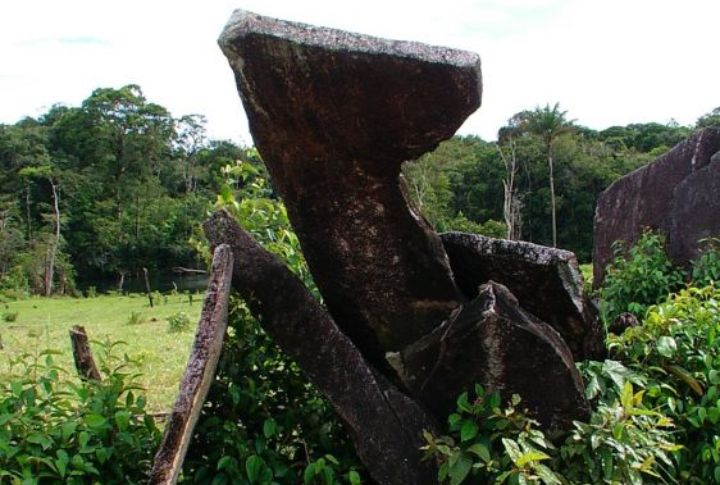
Hidden beneath the thick Amazon canopy, airborne lidar has revealed ring-shaped earthworks and Stonehenge-like stone circles. These massive ditches and standing stones suggest carefully planned ceremonial and defensive projects. Their scale challenges long-held ideas, which hint at how ancient Amazonian societies practiced advanced engineering far beyond what was once assumed.
Cave Paintings
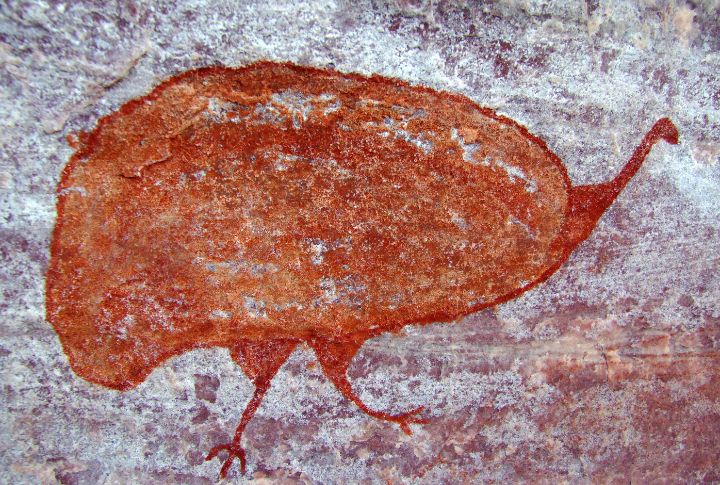
Along the Rio Negro, hidden caves hold ancient paintings—and within them, artists used red and yellow pigments mixed with plant resin to depict symbols, animals, and cosmic scenes. Over generations, layers built up, and that buildup points to repeated visits. Charcoal markings reveal the artwork originates over a thousand years ago, created by a culture that regarded underground spaces as sacred.
Tools Like Obsidian Blades & Marine Shells

Obsidian blades from distant Andean quarries and marine shells from coastal zones were found buried deep in Amazonian sites far from their origins. Such rare artifacts, placed in layered burial offerings, show ancient trade routes that connected far-flung communities and a thriving network across the rainforest.
Fortified Hilltop Settlements
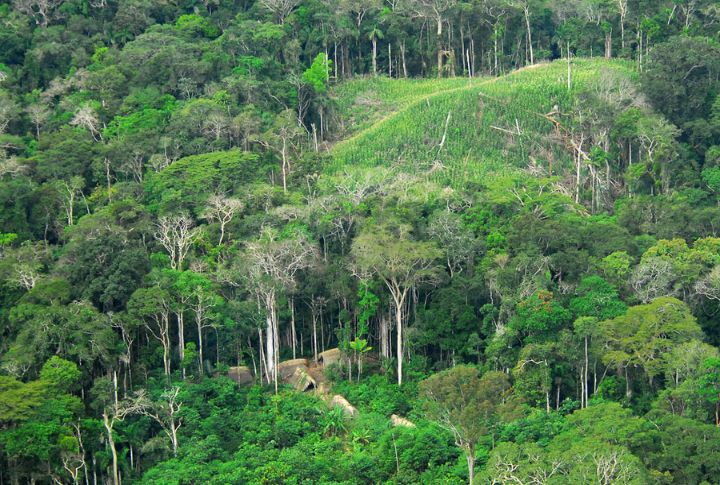
Recent lidar scans over the Bolivian Amazon revealed fortified hilltop settlements built by the Casarabe culture between 500 and 1400 CE. These elevated strongholds featured monumental platforms, pyramidal structures, and defensive ditches, all connected by raised causeways that stretched for miles. Their strategic placement and scale suggest a need for protection, possibly from rival groups.

